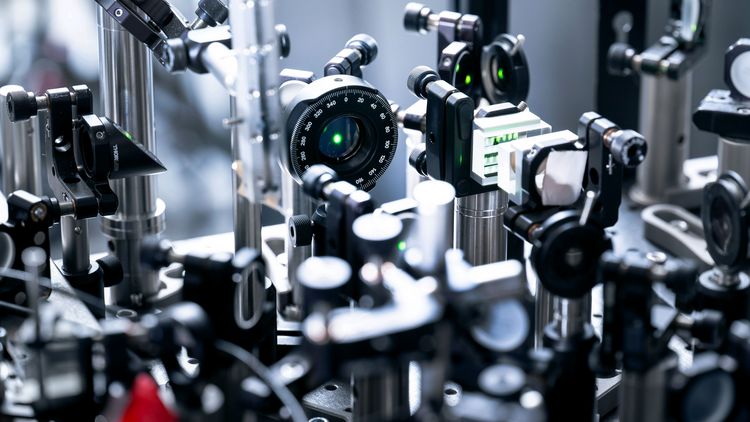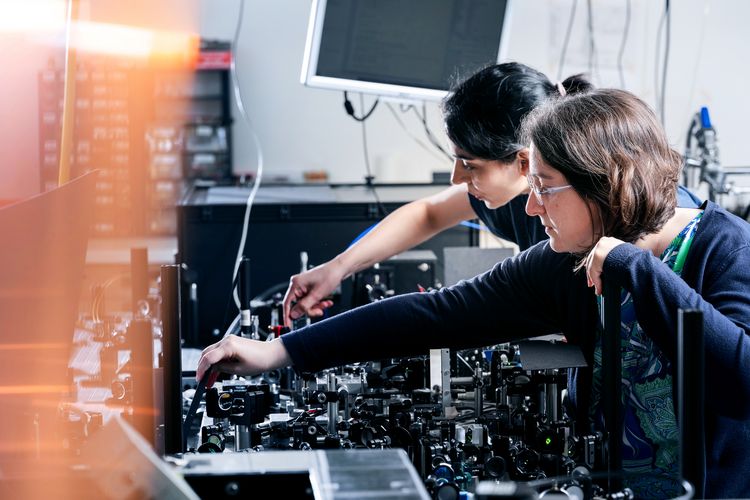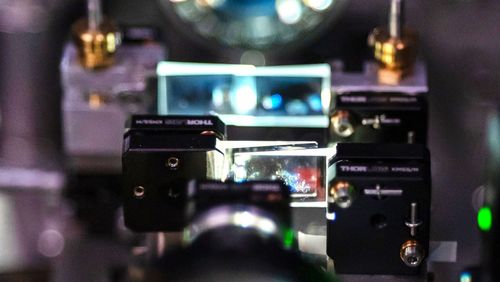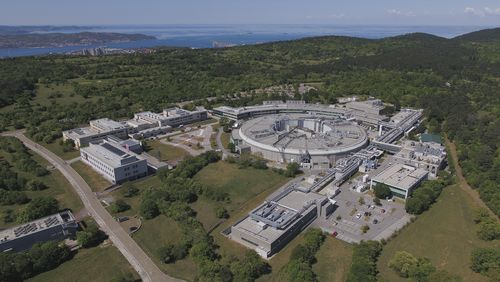Whether in solar cells or in the human eye: when certain molecules absorb light, electrons are transferred from their ground state to a higher-energy, excited state. This results in the transport of energy and charge, which initially leads to charge separation and then to the generation of electricity. An international research team led by Dr Antonietta De Sio and Prof. Dr Christoph Lienau from the Ultrafast Nano-Optics working group at the University of Oldenburg has now observed in detail how the very first moments of this process unfold in a complex dye molecule.
As the researchers report in the journal Nature Chemistry, rapid vibrations of the atomic nuclei within the molecule play a central role in light-induced charge transfer. The forces that these vibrations exert on the electrons initiate charge transport. Processes in the surrounding solvent, which were previously assumed to be the cause, only begin at a later stage. ‘Our results provide new insights into better understanding charge transport in organic solar cells, for example, and could contribute to the development of more efficient materials,’ emphasises De Sio.
The dye under investigation was synthesised by researchers led by Prof. Dr. Peter Bäuerle from the University of Ulm. It forms the basic building block of a plastic used in organic solar cells to convert sunlight into electricity. ‘The molecules each consist of three parts – a central building block and two identical groups located to the right and left of it,’ explains De Sio. The central part of the molecule is an electron donor, a material that easily releases electrons. The two outer groups, on the other hand, can accept excited electrons; they are also called electron acceptors. An electron excited by light can therefore theoretically move to either the right or left to one of the two acceptors. This process is known as symmetry breaking in the excited state. As a result, the colour of the light emitted by the molecule typically shifts from blue to red. This effect is known as solvatochromism. Until now, the microscopic mechanism that triggers the initial symmetry breaking was largely unknown.
The team examined this process in detail. In their experiments, doctoral students Katrin Winte and Somayeh Souri excited the dye molecules with laser pulses lasting only a few femtoseconds. This enabled them to observe how electrons and nuclei move in the first thousand femtoseconds after light excitation. A femtosecond is one millionth of a billionth of a second.
The result: within the first 50 femtoseconds, a laser pulse excited rapid vibrations between the atoms of the dye molecule. ‘The carbon atoms in the molecule begin to vibrate,’ explains De Sio. These vibrations change the energy states within the molecule, resulting in a preferred direction of motion for the excited electron. The molecules of the solvent, on the other hand, remain ‘frozen’ during this time, reports the team. Only after several hundred femtoseconds do they realign themselves, thereby stabilising the new state of the molecule, which leads to the familiar colour shift of the molecule.
To confirm these unexpected results, the researchers conducted the experiment again with a different solvent in which solvatochromism – i.e. the interaction between dye and solvent – does not occur. However, they were still able to observe the initial oscillations. Quantum chemical calculations by Los Alamos National Laboratory in the USA and the University of Bremen confirmed the experimental results.
‘Our study provides convincing evidence that certain high-frequency vibrational motions within the molecule trigger the ultrafast charge transfer, rather than interactions with the solvent,’ emphasises Lienau. This mechanism could also play a role in solid materials and nanostructures. ‘For technological applications, it is crucial to be able to control the interaction of charge carriers with such molecular vibrations and with the environment,’ adds De Sio. The results could therefore not only advance our understanding of charge transport on the nanoscale, but also be useful in the development of new, light-sensitive materials.





